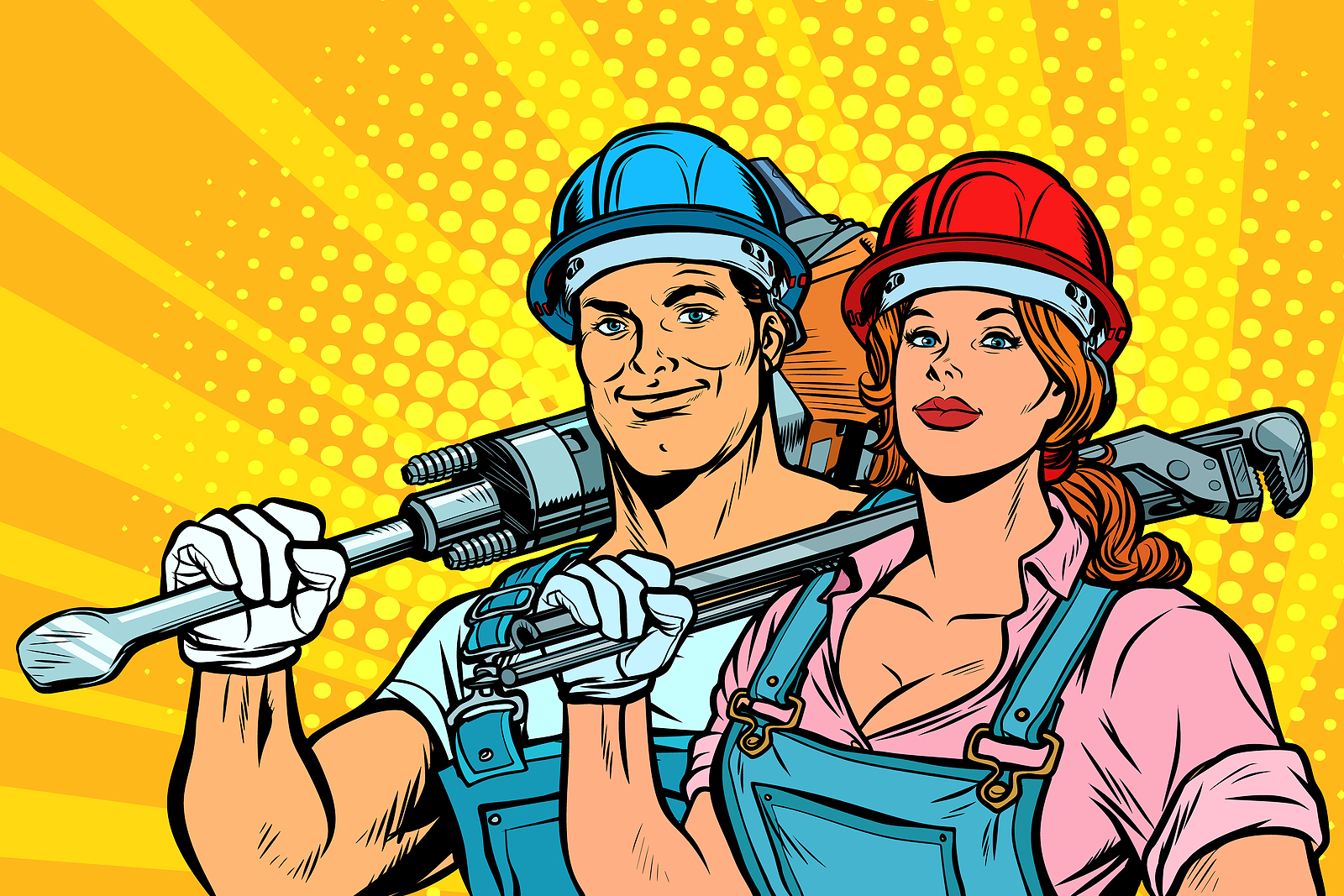To plot and navigate the future of the plumbing industry, it’s important first and foremost to know a little about the history of the plumbing trade. Our story starts just before the Civil War, when steam drove people and goods to places and over terrain that horses and coaches couldn’t go, at speeds these traditional conveyances couldn’t match, in the form of railways and steamboats.
The early days of plumbing and steam were very much a matter of trial and error—with frequently explosive and deadly results. Over time, because of the overlap in their professional skills, plumbers, gasfitters, and steam fitters all ended up conglomerated into what essentially boiled down to a single profession. These skilled tradespeople organized and unified in every major city in the US and Canada, but it wasn’t until 1883 that the union today known as The United Association of Journeymen and Apprentices of the Plumbing and Pipe Fitting Industry of the United States and Canada was born.
In 1921, a mandatory five-year apprenticeship requirement was ratified by the UA, and UA membership became a requirement for apprenticeship starting in 1938. These events put together signaled the birth of formalized, standardized accredited training for apprentice plumbers and gas fitters, steam having largely gone the way followed by the dodo, disco, and double-knit pants by this time.
Today, no one seems to know for certain where the first official plumbing trade school was located, although it seems likely the school would have been in New York City, as the epicenter of the UA. What cannot be denied or debated is that the UA’s apprenticeship requirements have evolved to make American and Canadian plumbers some of the most highly skilled and trained tradespeople in the world, to the benefit of their customers and society at large. By improving sanitation engineering and best practices to account for new technologies and waste disposal methodologies, UA plumbers make our world a safer, cleaner, healthier place for everyone!

